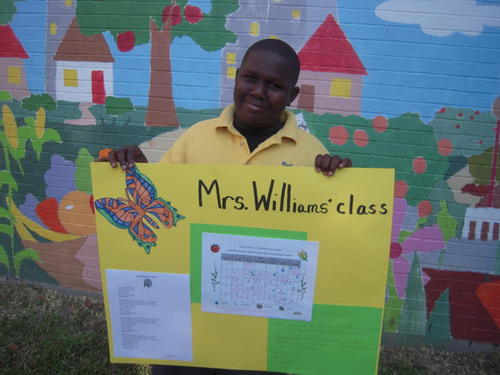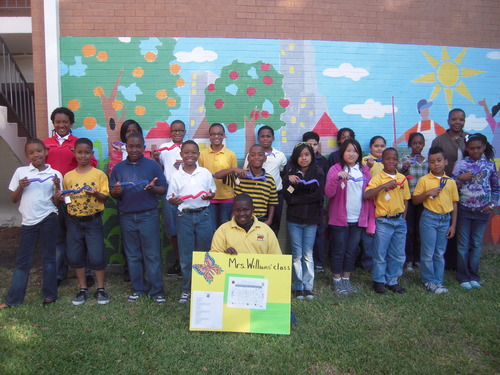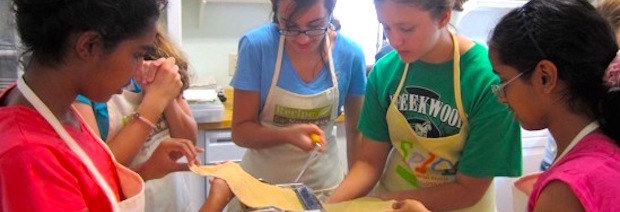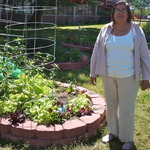http://houtv.neulion.com/mlsvp/console.jsp?catid=854&id=14626
If you don't think that intervention to keep this bill from passing is a priority, take a look at some data gathered by UT Health Science Center along with the Dell Center and CATCH and call your Texas State Congressperson and Senator today:
Why Coordinated School Health Programs are Important to Texas Youth
What are Coordinated School Health Programs? Coordinated School Health Programs were developed to incorporate health lessons and a healthy environment into the school day. These programs include classroom curricula, physical education, a cafeteria program that serves healthy foods, and a parent program that reinforces these concepts. Coordinated school health program elements are intended to provide an environment that supports healthy eating and activity for children.
Why Coordinated School Programs are Important:
1.
Healthy Children are Better Learners. Academic achievement is correlated with physical fitness. Based on fitness and academic data from Texas schools, it has been shown that fitness levels, especially cardiovascular fitness levels, are associated with higher TAKS scores.i In addition, children who participated in coordinated school health programs that include minutes of physical activity/day have significantly higher standardized test scores. This effect is greater among children who have behavioral problems.
2.
Coordinated School Health Programs can Decrease Child Obesity Levels. Three years of implementing a coordinated school health program with supporting community interventions in El Paso resulted in a decrease in rates of child overweight of 11% for girls and 9% for boys. ii Further data from the School Physical Activity and Nutrition (SPAN) population‐based surveillance study found a 7% reduction in obesity among 4th grade students in the El Paso area where coordinated school health programs with supporting community health programs had been conducted.iii
3.
Coordinated School Health Programs save Money. Implementing coordinated school health programs can save money by decreasing obesity. The cost‐effectiveness ratio of using a coordinated school health program (CATCH) was $889.68 (revealing the intervention costs per quality‐adjusted life years) and net benefit was $68,125 (comparison of the present value of averted future costs with the cost of the intervention).iv
4.
New Data Show Increases in Obesity among High School Students as Health and Physical Education Requirements are Decreased. New data from the School Physical Activity and Nutrition (SPAN) study, 2009‐2011, show that the rates of obesity in high school students significantly increased from 2004‐2005, so that now more than 1 in 5 11th grade students in Texas are obese.v Between the surveys, the health requirement for high school students was dropped, and the amount of required physical education was cut. During that same time period, the rates of obesity stayed the same in elementary schools, which are required to implement coordinated school health programs. New data show that implementation of coordinated school health programs is linked with the rates of overweight in elementary school children: when programs are implemented fully, rates of child overweight decrease, while rates of child overweight increase in programs that are not implemented.vi
5.
Texas is a Leader in Improving Child Health through Implementation of Coordinated School Health Programs and Fitness Testing. Texas has been cited as a leader in the implementation of legislation and implementation of coordinated school health programs, especially related to child obesity prevention in elementary schools.vii Dismantling the network, coalitions, and programs that have been put into place and have shown significant positive results would be disastrous to child health efforts, and would take years to re‐build. In addition, many grants awarded to school districts and universities for coordinated school health program support, research, and surveillance would be jeopardized by the elimination of coordinated school health programs, including a recent $5 million grant award to AgriLife Extension. This could result in the loss of jobs and sending funds back to the granting agency.
If Coordinated School Health Programs are eliminated:
•
Child obesity rates will rise, especially among elementary school children. In addition, conditions associated with obesity (e.g., type 2 diabetes, high blood pressure, asthma, etc.) would rise.
•
Academic performance will decrease.
•
Texas will have greater health care costs.



















